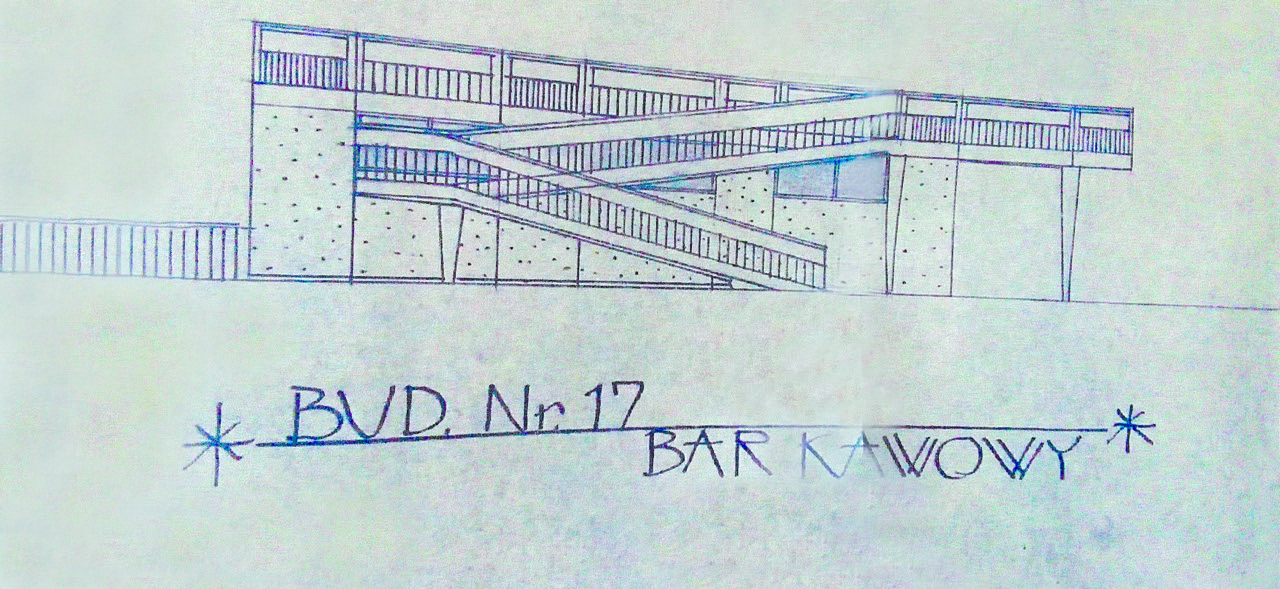Trzy projekty gdańskich terenów rekreacyjno-wypoczynkowych z lat siedemdziesiątych XX w.
DOI:
https://doi.org/10.26881/porta.2021.20.10Słowa kluczowe:
kąpielisko, Nadmorski Park Kultury i Wypoczynku, lata siedemdziesiąte XX w., tereny wypoczynkowe, GdańskAbstrakt
Leisure and recreational areas in Gdańsk during the times of the Polish People’s Republic is a poorly researched subject. There are very few lectures, publications, or studies on the topic; however, the state of research is not surprising because of the somewhat ambiguous nature of Gdańsk. The city is seen as a university centre, industrial centre, but not strictly as a place where the recreational function dominates. The article focuses on architectural conceptions of leisure and recreational areas during the seventies; it is fascinating how the architects of the time tried to create everyday recreational areas in this historic city, where two kinds of structures coexisted, combining solemn buildings from the past with everyday forms for the present man. The author’s main aim was to expose and describe in detail three of the most curious, but unrealized projects: ‘the seaside Park of Culture and Leisure in the Gdańsk agglomeration’, ‘the recreational centre over the flow of the Motlava River’ and ‘the bathing beach at the outlet of Karol Marks Street’.
Downloads
Bibliografia
Regionalny Przegląd Architektury i Planowania Przestrzennego, Gdańsk 1974.
Szafer Tadeusz Przemysław, Nowa architektura polska. Diariusz z lat 1971–75, Warszawa 1979, s. 311.


 Uniwersyteckie Czasopisma Naukowe
Uniwersyteckie Czasopisma Naukowe



